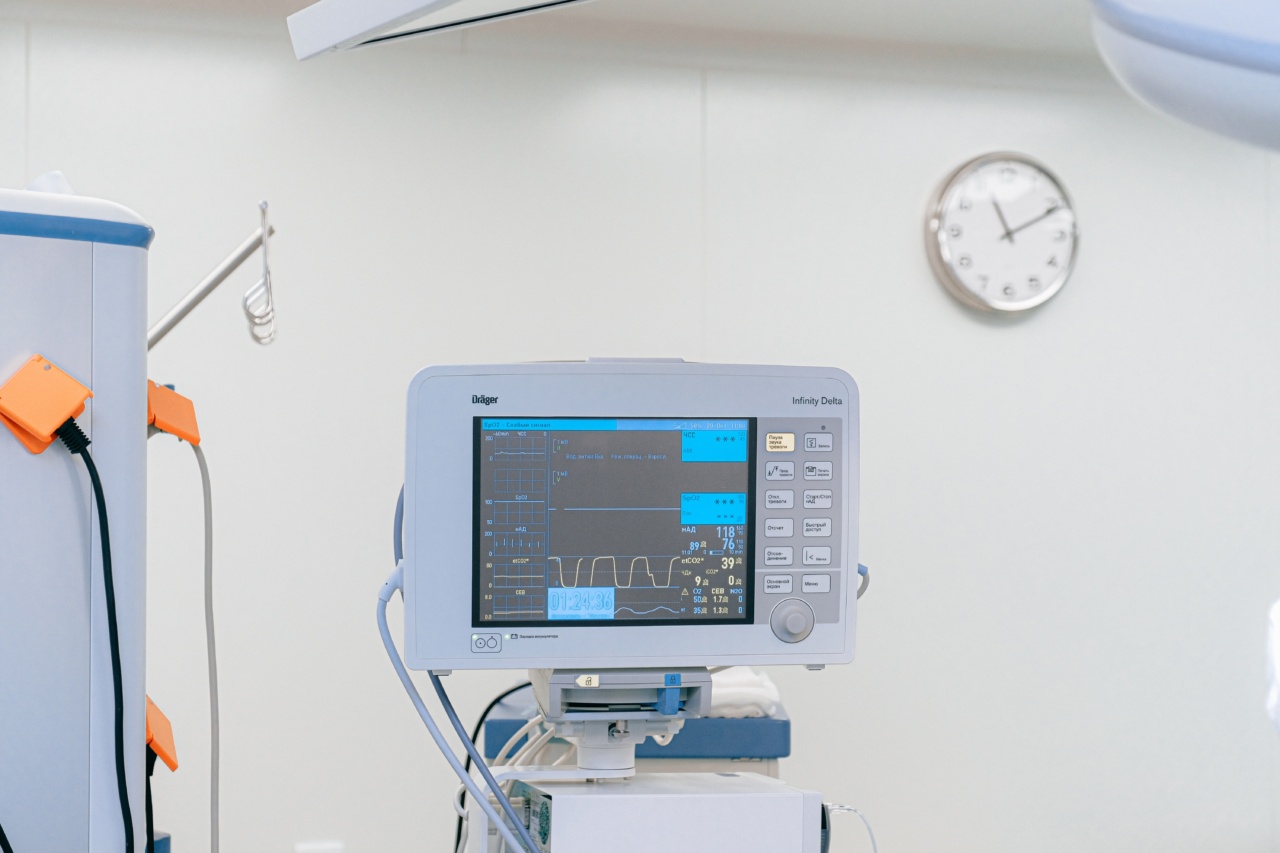Neonatal tetanus is a serious bacterial infection that affects newborn babies. It is caused by a Clostridium tetani, a bacterium that produces a powerful neurotoxin. The toxin attacks the nerves and causes muscle stiffness, cramps, and spasms.
Neonatal tetanus is a preventable disease, but it is still a significant cause of mortality in some parts of the world.
Causes of Neonatal Tetanus
Neonatal tetanus is caused by a bacterial spore found in soil and animal feces. The spore can enter the baby’s body through the umbilical cord stump if it is cut or tied with contaminated instruments or substances, such as cow dung or ashes.
The spore germinates and produces a toxin that spreads through the bloodstream and affects the nervous system.
Neonatal tetanus can also occur if a baby’s open wound or sore is contaminated with the bacterium. In rare cases, the infection can be acquired through the consumption of contaminated food or water by the mother during pregnancy or breastfeeding.
Signs and Symptoms of Neonatal Tetanus
The symptoms of neonatal tetanus usually appear within 5 to 14 days of infection. The signs and symptoms may include:.
- Stiffness and spasms in the muscles, particularly in the jaw, neck, and back
- Difficulty in feeding and swallowing
- Low-grade fever
- Irritability and crying
- Breathing difficulties
- Frequent crying and arching of the back
As the infection progresses, the muscle stiffness and spasms become more severe and can cause respiratory failure, seizures, and heart failure. Neonatal tetanus is often fatal if left untreated.
Treatment of Neonatal Tetanus
Neonatal tetanus is a medical emergency that requires immediate treatment. The treatment aims to control the symptoms, neutralize the toxin, and prevent further bacterial growth.
The first step in the treatment is to clean the umbilical cord stump and the infected wound with an antiseptic solution. The baby may require supportive care to maintain breathing and nutrition.
The use of sedatives and muscle relaxants can help to reduce the muscle stiffness and spasms.
Antibiotics, such as penicillin or metronidazole, are administered to kill the bacteria and prevent the production of the toxin. Immunotherapy with horse serum tetanus antitoxin (TAT) can neutralize the circulating toxin.
The TAT should be administered as soon as possible, followed by a second dose after 24 hours if needed.
The infected wound should be surgically cleaned and debrided to remove any dead tissue and bacteria. The baby should be closely monitored for signs of respiratory failure, and mechanical ventilation may be required in severe cases.
Preventative measures such as vaccination and improved hygiene practices can prevent neonatal tetanus from occurring.
Pregnant women should receive tetanus toxoid (TT) vaccine during antenatal care to protect themselves and their babies from the infection. The umbilical cord should be cut and tied using sterile instruments and materials, and should be kept clean and dry until it falls off naturally.
Conclusion
Neonatal tetanus is a preventable and treatable disease that still remains a significant cause of mortality in some parts of the world. Proper hygiene practices and vaccination can prevent the transmission of the infection.
Early diagnosis and treatment are crucial to improving the survival rates of neonatal tetanus.






























